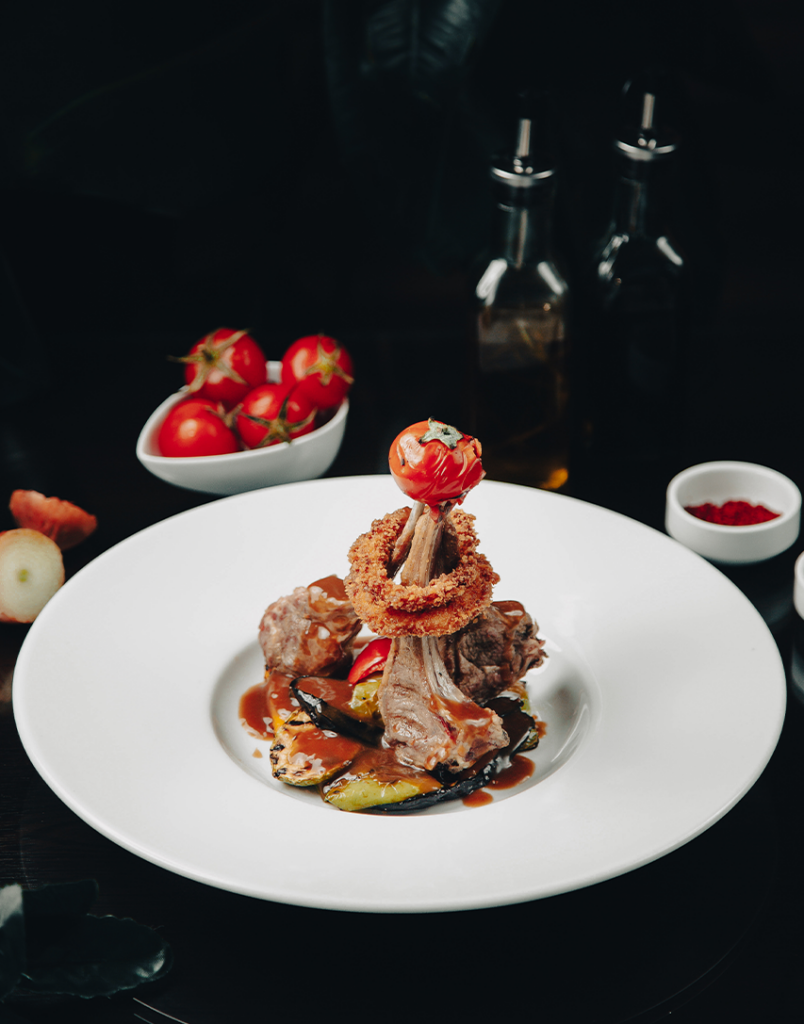In the realm of dining, taste isn’t the only factor that matters. Visual appeal plays a crucial role in creating a memorable culinary experience.
The art of food presentation goes beyond just placing ingredients on a plate; it transforms a dish into an extraordinary masterpiece that engages all the senses. For independent restaurant operators looking to leave a lasting impression on their customers, mastering the art of food presentation is an essential skill.
In this blog, we’ll explore the key principles and tips to take your dishes from good to exceptional through thoughtful presentation.
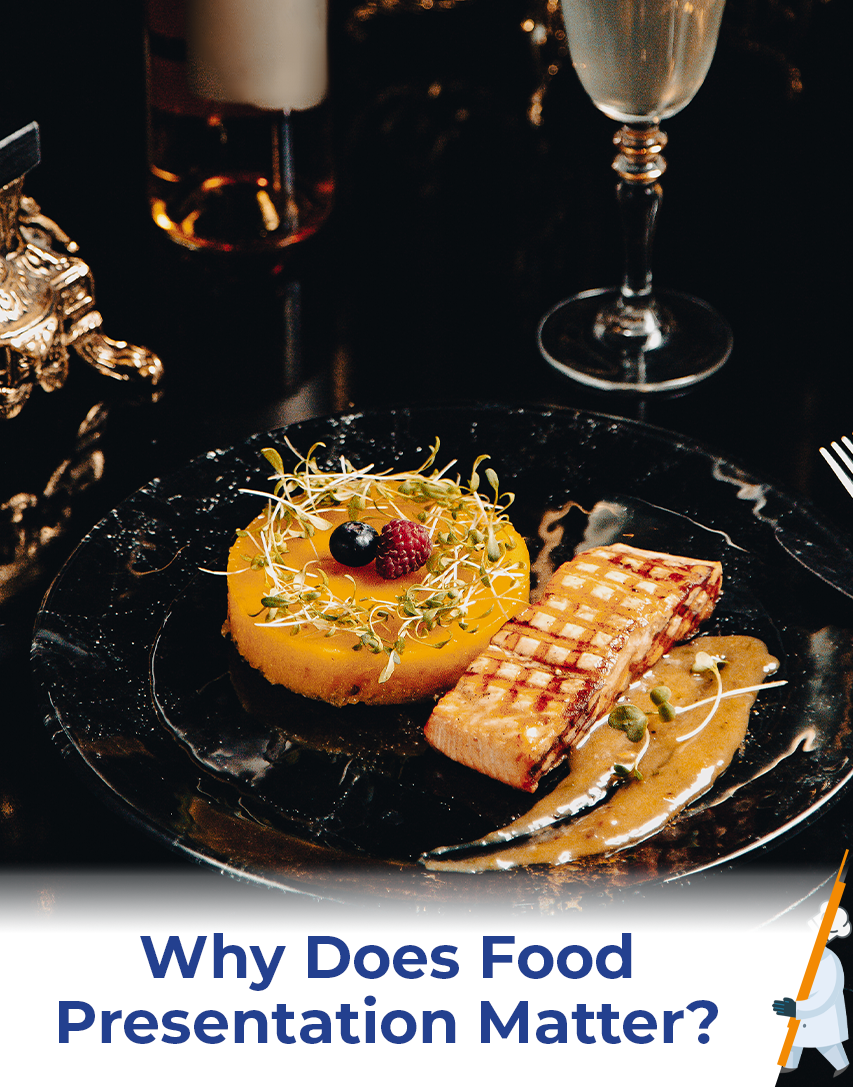
Imagine walking into a restaurant and being served a dish that looks like a work of art.
The colors, textures, and arrangement on the plate immediately stimulate your senses, creating anticipation for the flavors to come.
This initial visual impact sets the tone for the entire dining experience and influences how the dish is perceived.
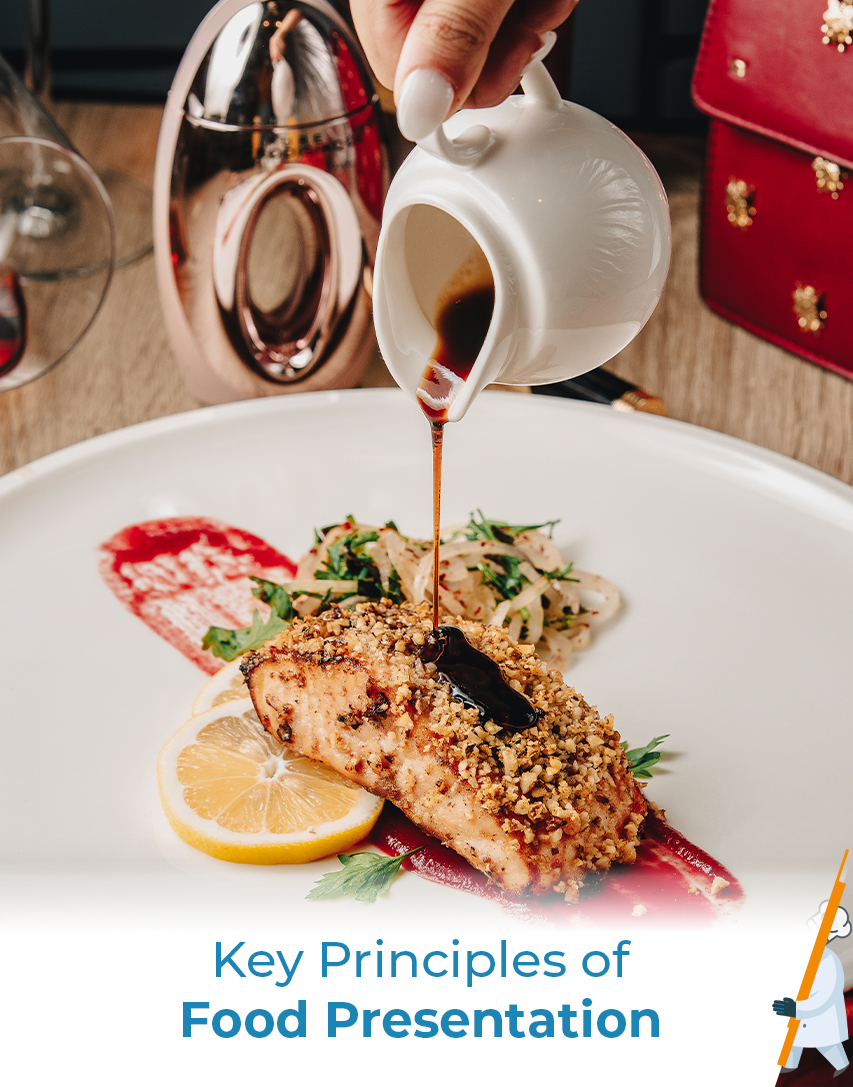
Food presentation is an artful blend of aesthetic and culinary principles aimed at enhancing the visual appeal and overall dining experience. With these key principles, you can take your dishes from good to exceptional.
Whether it’s adding certain colors or layering and heightening your dishes, by implementing these key strategies, you can transform a meal into an engaging sensory masterpiece.
- Balance and Harmony:
A well-presented dish strikes a balance between different components. Consider the proportions of protein, vegetables, and starches to ensure visual harmony. Avoid overcrowding the plate; leave enough white space to let the elements shine.
- Color Contrast:
Vibrant colors are not only visually appealing but also indicate freshness and diversity of ingredients. Aim for a variety of colors on the plate to create an eye-catching contrast. Think about complementary colors to enhance the visual impact.
- Texture Variation:
Incorporate a mix of textures to add dimension to the dish. Crispy elements alongside creamy ones, or crunchy vegetables with tender protein, provide a satisfying sensory experience.
- Layering and Height:
Create depth and interest by layering ingredients or stacking them at varying heights. This adds dimension to the presentation and makes the dish more visually intriguing.
- Garnishes and Accents:
Thoughtfully chosen garnishes can elevate a dish’s appearance. Fresh herbs, edible flowers, or drizzles of sauces can add a pop of color and a touch of elegance.
- Plate Choice:
The choice of plate or serving vessel can significantly impact the presentation. Consider the size, shape, and color of the plate to complement the dish’s aesthetic.
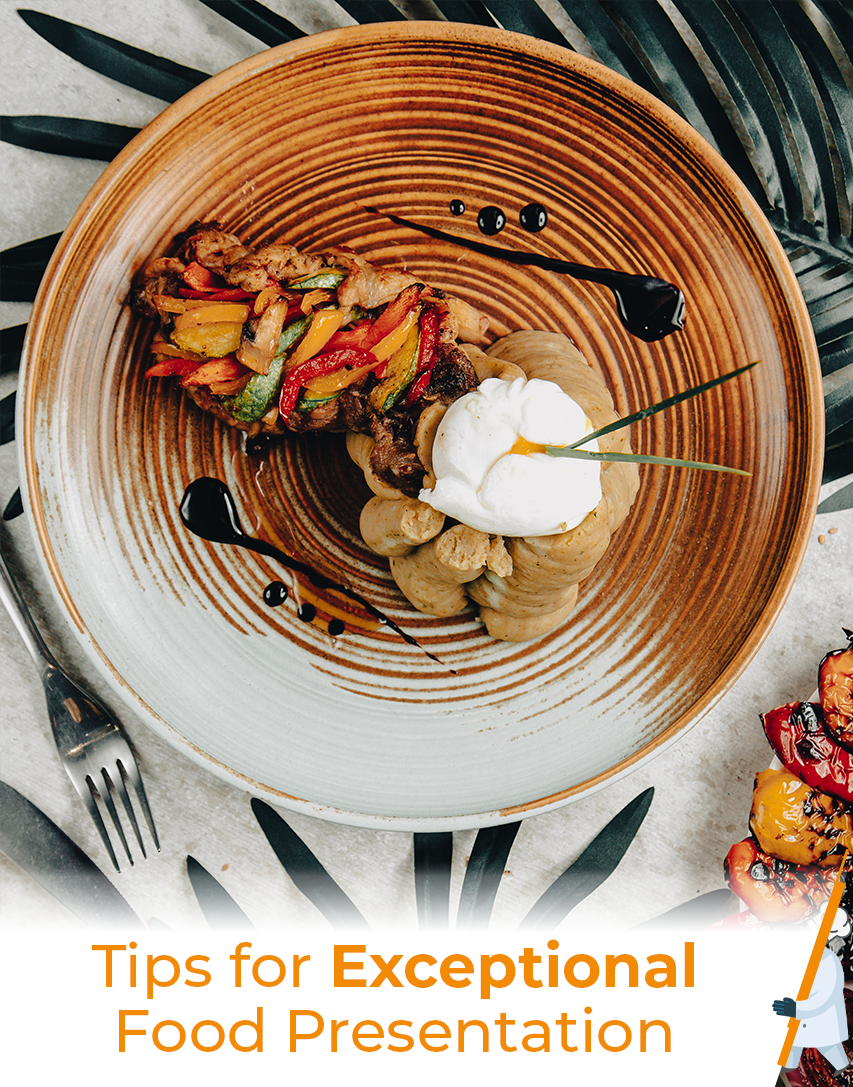
- Plate as You Create:
Visualize the final presentation as you cook. Arrange ingredients on the plate as you go to ensure a cohesive look.
- Use Odd Numbers:
Odd numbers of components (e.g., three shrimp or five asparagus spears) are visually pleasing and create a balanced composition.
- Play with Negative Space:
Negative space around the dish can make it appear more elegant and less cluttered. It also draws attention to the main components.
- Consider the Angle:
Think about how the dish will be viewed by the diner. Present it at an angle that showcases its best side.
- Stay Authentic:
While presentation matters, don’t sacrifice the integrity of the dish. The flavors and quality of ingredients should always be the top priority.
- Experiment with Plating Techniques:
Techniques like smearing sauces, stacking ingredients, or using tweezers for precision can add creativity to your presentation.
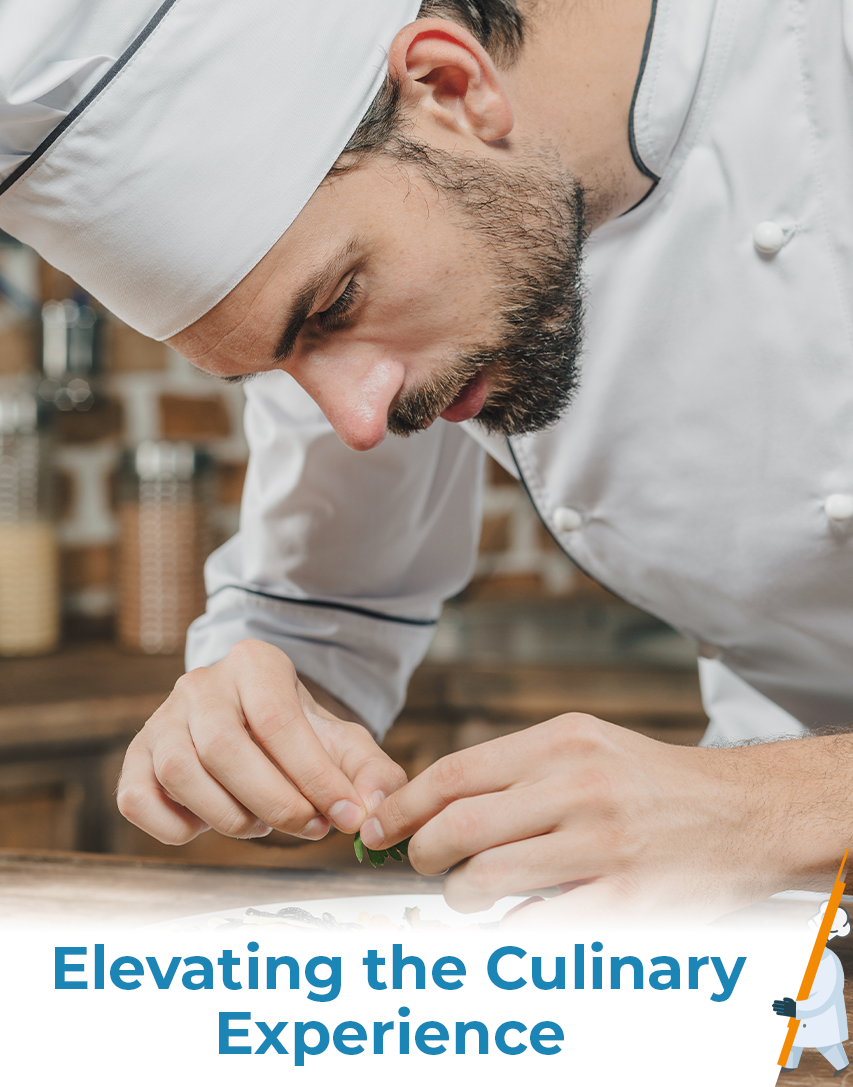
In the competitive world of dining, mastering the art of food presentation is a powerful way to stand out. Exceptional food presentation not only enhances the overall dining experience but also creates a lasting memory for your customers.
By paying attention to balance, color, texture, and plate choice, independent restaurant operators can transform their dishes into visual delights that captivate the senses and leave patrons craving for more.
Remember, food is not just sustenance; it’s a form of art that brings joy, pleasure, and inspiration to those who savor it.








